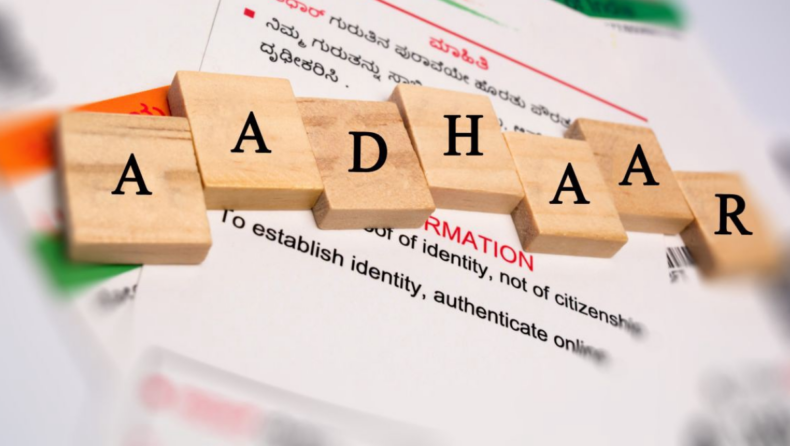Aadhaar as a unique identity card emerged in 2018, the supreme court validated the Aadhaar system and from then every citizen of this country holds a unique identity number.
Aadhaar is a 12-digit unique identity number that can be obtained voluntarily by the citizens of India and resident foreign nationals who have spent over 182 days in 12 months immediately preceding the date of application for enrolment, based on their biometric and demographic data.
The data is collected by the Unique Identification Authority of India (UIDAI),
A statutory authority established in January 2009 by the Government Of India, under the jurisdiction of the Ministry Of Electronics and Information Technology.
Aadhaar is the world’s largest biometric ID system.
World Bank Chief Economist Paul Roomer said, “ It is the most sophisticated ID program in the world”,
As an extension to Aadhaar, now children from the age group of 0 to 5 will also be included in this scheme.
Over 7.9 million children up to 5 years of age enrolled under this from April to July as per statement issued by Union Electronics and Information Technology.
At the end of July the total number added is 30.3 million.
According to the ministry 70% of the registrations are from states like Himachal Pradesh, Haryana, Mizoram, Delhi and Andhra Pradesh.
For this age group Aadhaar is not made in its traditional form; instead facial images of the child are taken and biometrics of the parent/guardian are taken at the time of enrollment along with their relationship document, mainly birth certificate.
India has come a long way in centralizing the data of its people. Data is a crucial part of managing and developing policies for people.
As India is diversified; accurate data on its population will help to unite them in a system wherein everyone is accounted for. Aadhaar is key to successful data collection in a centralized system.
Read More – How to Link PAN with Aadhaar and Continue Investing in Mutual Funds













